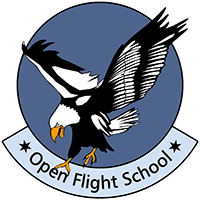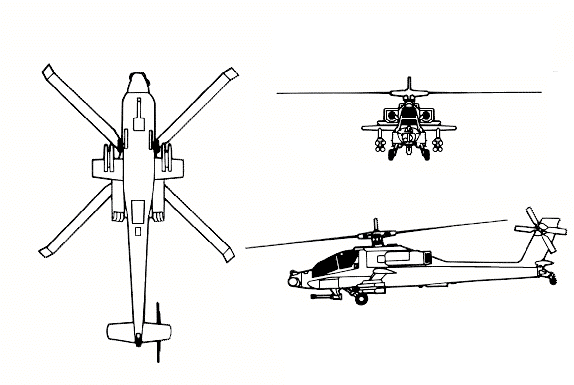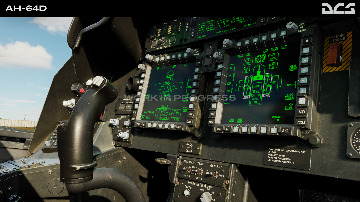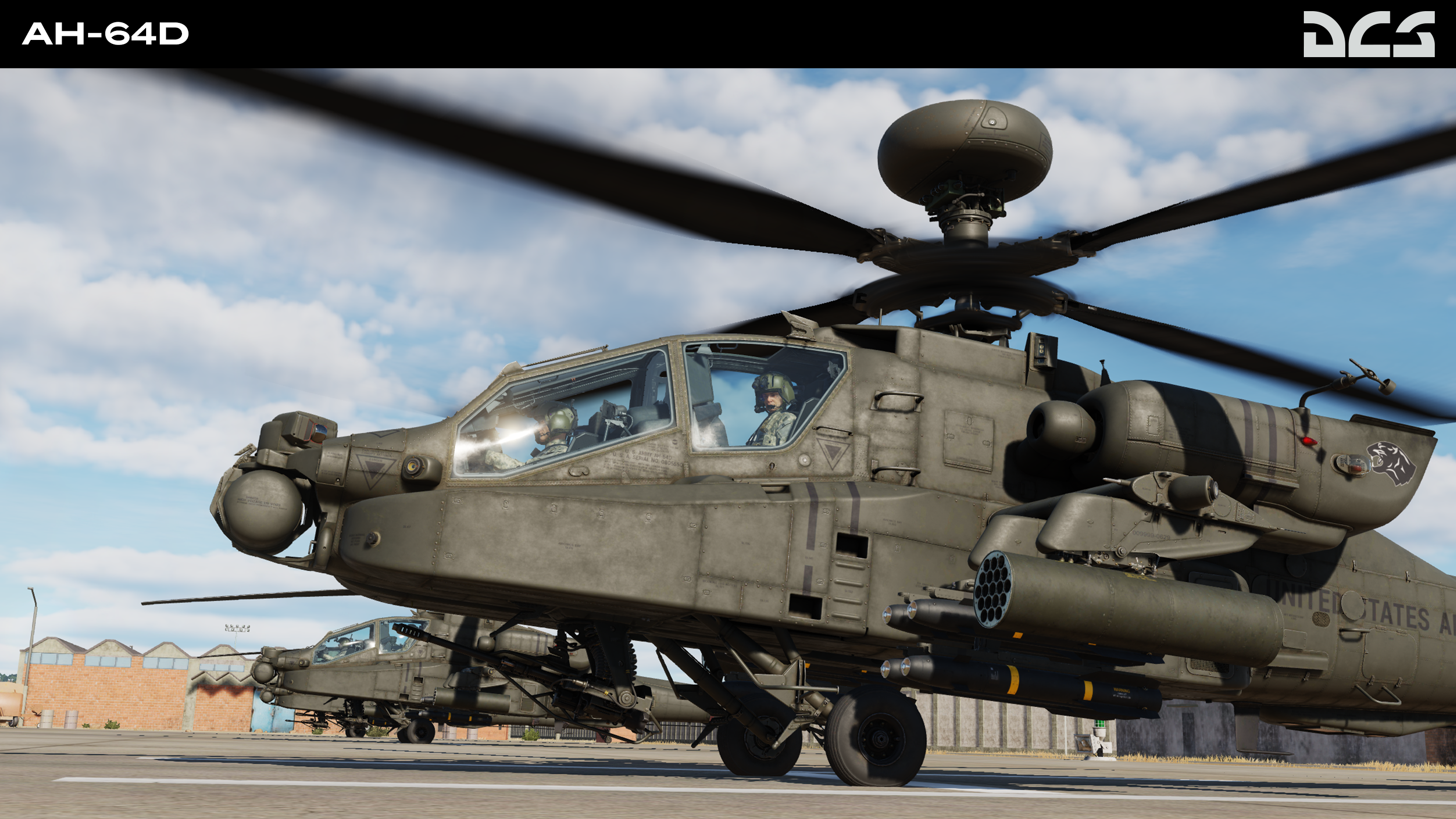General Information
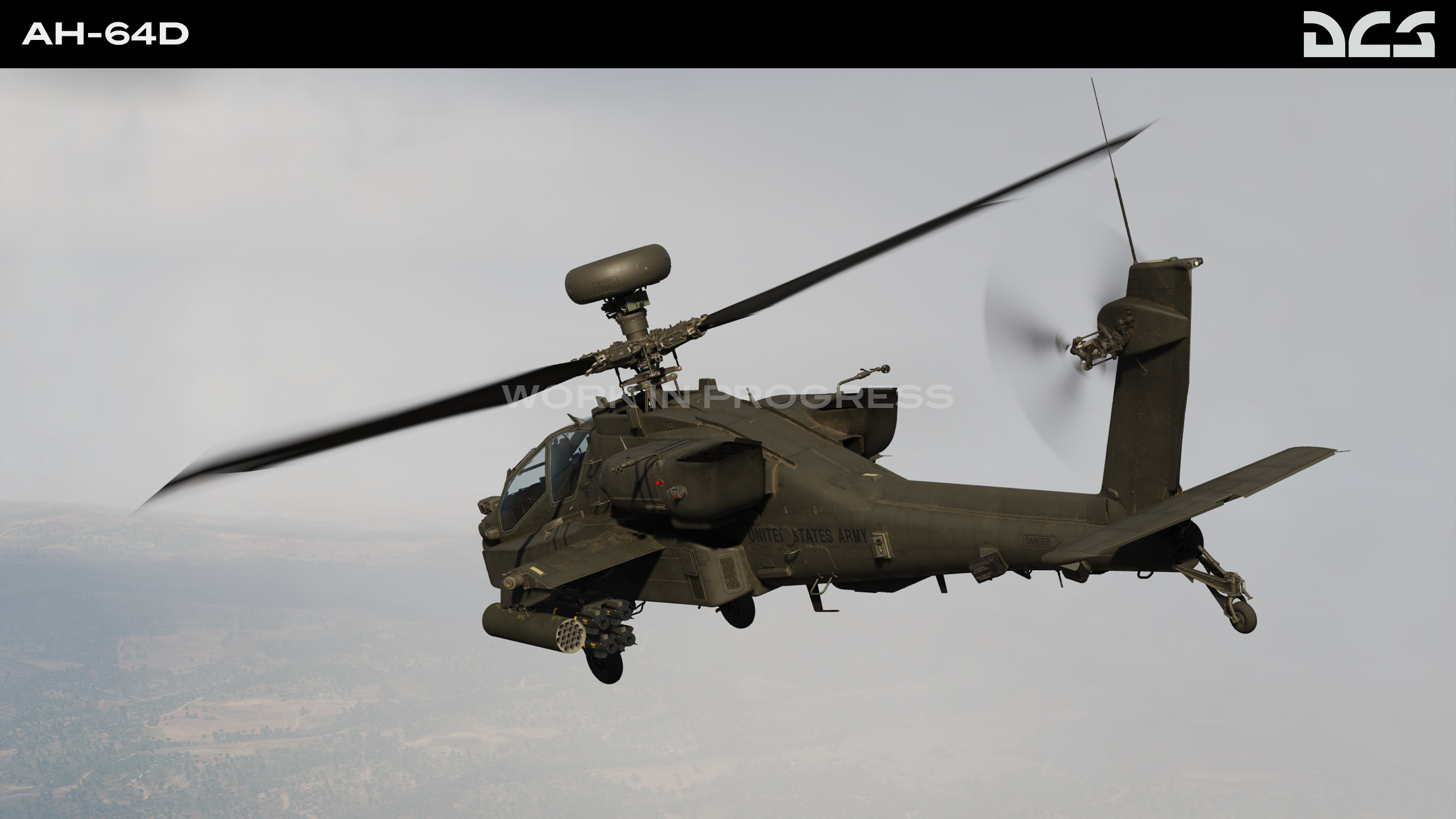 The AH-64D is a complex and effective combat helicopter. Digital Combat Simulation by Eagle Dynamics has here implemented the Model D with tandem crew.
The AH-64D is a complex and effective combat helicopter. Digital Combat Simulation by Eagle Dynamics has here implemented the Model D with tandem crew.
This course is especially designed for those who do not yet have any knowledge of the AH-64D Apache. It therefore revolves around getting started with the simulation, the simplified processes and procedures for activating the necessary systems, as well as take-off and landing with this unique combat helicopter.
Routine commissioning of the systems, as well as safe take-off and landing, form the basis for the actual flying training and extensive weapons and navigation training in the follow-up courses. The AH-64 is not easy to fly and the multiple settings of the avionics systems make it complex and confusing for the beginner. Therefore, in the basic course, we initially leave out everything that is not absolutely necessary for a new pilot to get safely into the air and back down again with the AH-64D.
If you have any questions, please do not hesitate to contact the authors and tutors of this course. You can find them on the top right in the People block.
Visit us on our Discord server to make contacts or to register for a workshop.
